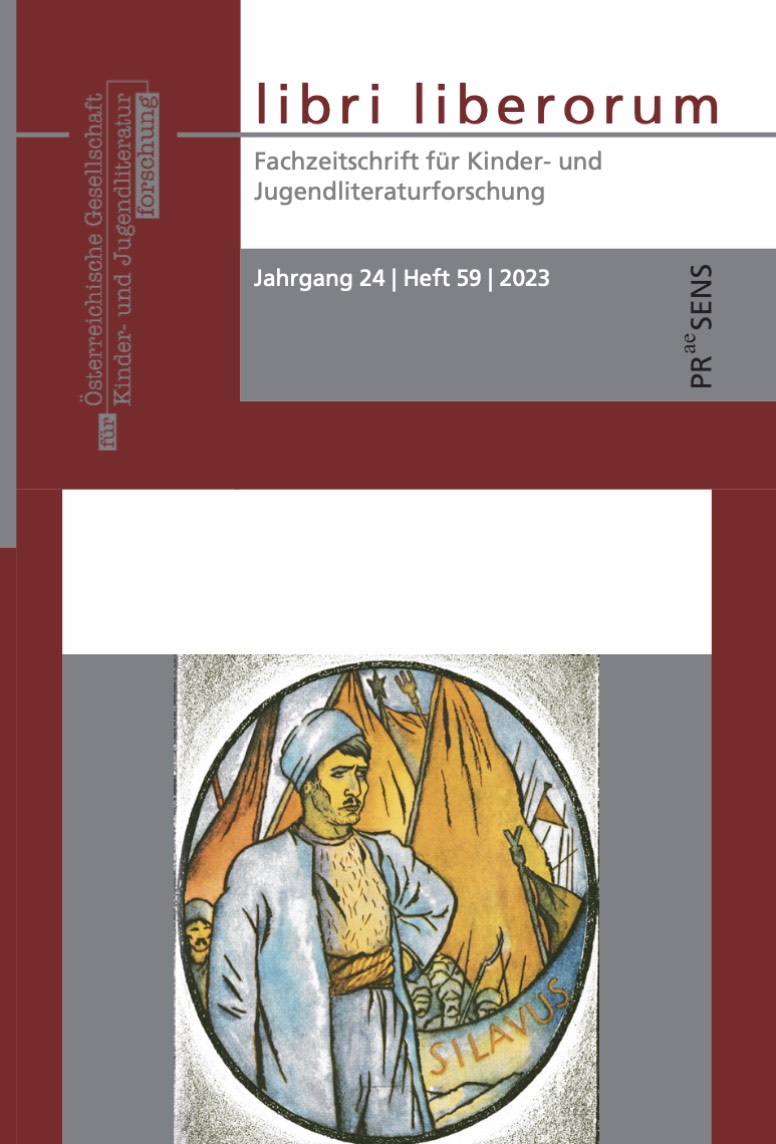The representation of classism in children‘s and young adult literature in German
DOI:
https://doi.org/10.25365/lili-2023-59-5Keywords:
poverty, children’s and youth literature, classAbstract
Every fourth child in Germany grows up in poverty. However, while gender, race and disability dominate the public discourse, the difference category of classism remains underrepresented, as sociological studies point out. Poverty with its various facets – from material to educational poverty – leads to discrimination; children sometimes experience shame, conceal their living conditions or are excluded from cultural participation. What role does children’s and youth literature play in this discourse? In current children’s and youth literature, only a few texts can be found that do not only depict poverty, but also show its effects on the developments of the literary characters. Thus they do not only tell of poverty as a category of inequality, but also consciously portray discrimination with its various facets. This article aims to approach class as category of difference, to trace its development in children’s and youth literature by means of different textual examples, and thus to draw attention to a largely neglected field of children’s and youth literature research within the debates on the concepts of diversity and intersectionality.


